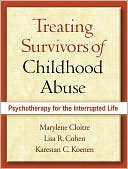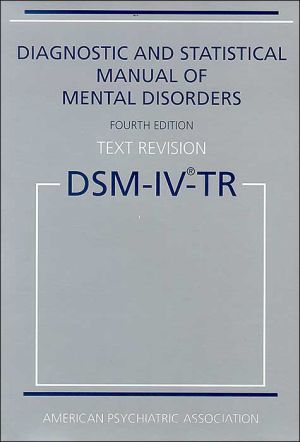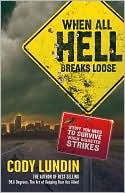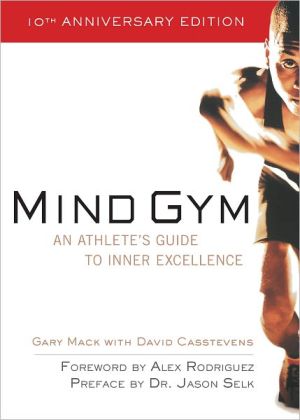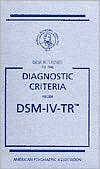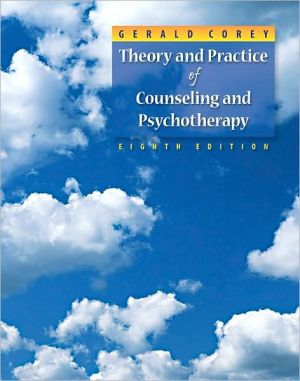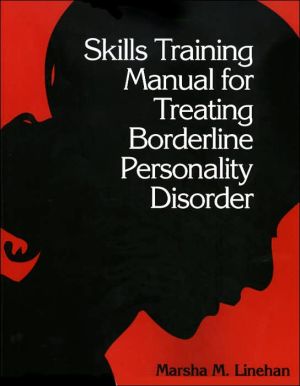Treating Survivors of Childhood Abuse: Psychotherapy for the Interrupted Life
Search in google:
Meeting a key need, this book presents a modular adult psychotherapy approach grounded in extensive clinical experience and research. Provided is a flexible, empirically supported framework for helping clients manage symptoms related to past physical or sexual abuse; build emotion regulation and interpersonal skills; and process traumatic memories and their associated feelings of fear, shame, and loss. Session-by-session guidelines include many suggestions for tailoring interventions to each person's needs in the context of a safe, supportive therapeutic environment. Designed in a large, easy-to-use format, the book includes over a dozen reproducible handouts, worksheets, and other tools for clinicians and clients. Doody Review Services Reviewer:Gary B Kaniuk, Psy.D.(Cermak Health Services)Description:This is a step-by-step manual for treating survivors of childhood abuse. The authors introduce a "resource loss" model for understanding childhood abuse and have developed a two phase program for individuals suffering from such trauma.Purpose:The authors describe their purpose in the preface: "This book provides a treatment program that takes into account the long trajectory of disadvantages experienced by many abuse survivors that precedes their arrival into the therapist's office. The concept of the 'interrupted life', which guides this treatment, refers to the disruption caused by abuse to self-regulation and interpersonal capacities that otherwise would have been expected to develop. The treatment is intended to provide the survivors with emotional and social skills they did not have the opportunity to obtain due to the diminished presence of a competent, caring, nurturing parent and the burden of managing the abuse, often alone or in secret." The book meets the authors' objectives.Audience:According to the authors, "this book provides an evidence-based treatment for mental health providers who work with survivors of childhood abuse." They continue: "This book is also for the survivors themselves. We hope that each survivor may 'see' something of themselves in the descriptions and stories told in the book and, more important, find the interventions and ways of approaching problems relevant to them. Ideally, survivors perusing the book can come to know what they need or want and be better prepared to search for an effective therapy that is appropriate for them." The authors all have relevant experience in addressing PTSD.Features:The book contains three basic parts: theoretical considerations and treatment guidelines; skills training in affective and interpersonal regulation (STAIR); and narrative story telling (NST). Each chapter in the last two parts has a box summarizing theme, planning and preparation, agenda (for the session), and session handouts. Each chapter in the two treatment phases (chapters 10-24) contains homework and/or worksheets for the client to complete. This readable book contains practical information that can be used by both experienced and novice therapists. The authors summarize their treatment philosophy in chapter 1: "The treatment philosophy described in this book affirms that recovery from childhood trauma requires the rehabilitation of resources and life skills that were derailed or denied in the skirmish of survival in a chronically abusive environment. The treatment is at heart a resource recovery program, with an emphasis on reclaiming and building emotional and social competencies. We adhere to the notion that resources above and beyond those necessary for survival must be recruited and accumulated in order to recover from the damages inflicted by a trauma. In addition, like many other researchers, clinicians, and survivors, we have found that emotional processing of the trauma is a powerful if not a critical component in trauma recovery." Assessment:This is a wonderful book because it is can be used pragmatically with clients. Though trauma work is difficult, this book provides a coherent rationale and treatment program. It makes intuitive sense. I have not seen another treatment manual for survivors of childhood abuse like this one on the market.
1The trauma of childhood abuse : a resource loss model12Attachment : when protector and perpetrator are one133Development in the context of deprivation214Treatment rationale305Building emotional and social resources : overview of STAIR436Working with traumatic memories : overview of NST537Extending the narrative : transforming shame and loss648Guidelines for implementing treatment759Assessment of client and match for treatment96Phase ISkills training in affective and interpersonal regulation (STAIR) : building resources10Session 1 : the resource of hope : introducing the client to treatment11511Session 2 : the resource of feelings : emotional awareness12912Session 3 : emotion regulation14913Session 4 : emotionally engaged living17314Session 5 : the resource of connection : understanding relationship patterns18915Session 6 : changing relationship patterns19916Session 7 : agency in relationships21017Session 8 : flexibility in relationships226Phase IINarrative story telling (NST) : facing the past and imagining a future18Moving from skills training to narrative processing of trauma : how do you know your client is ready?24119Session 9 : introduction to NST24720Session 10 : narrative of first memory26321Sessions 11-15 : narratives of fear27522Sessions 11-15 : narratives of shame28623Sessions 11-15 : narratives of loss30024Session 16 : the last session311
